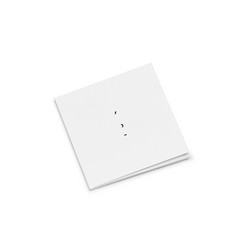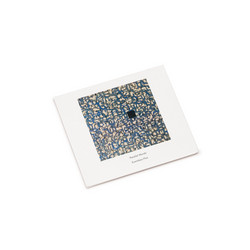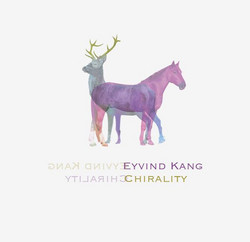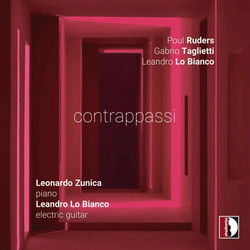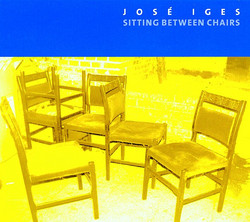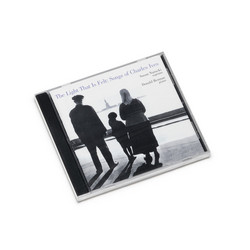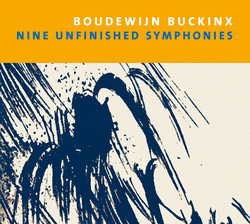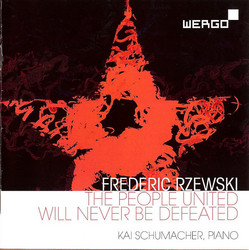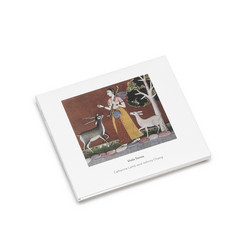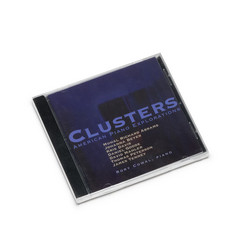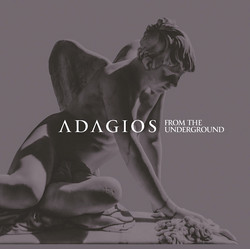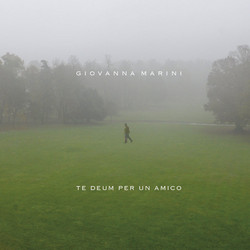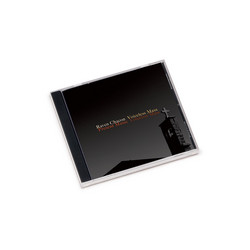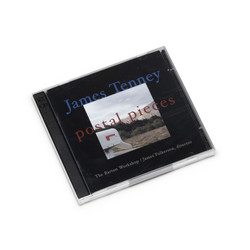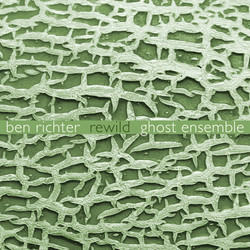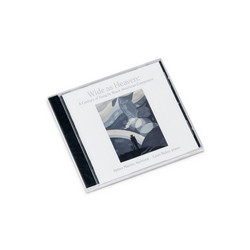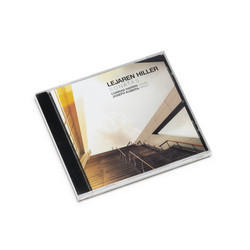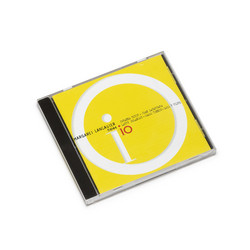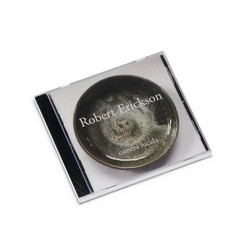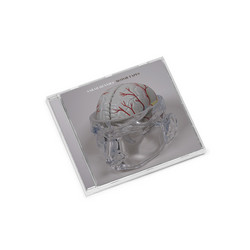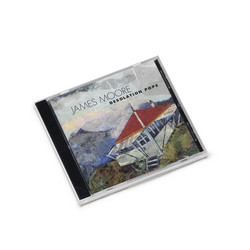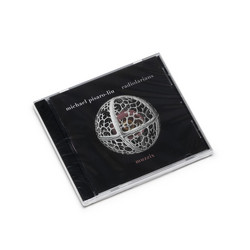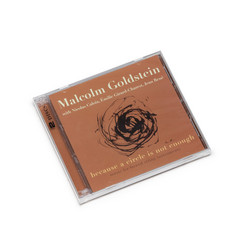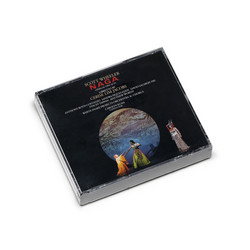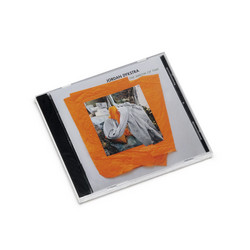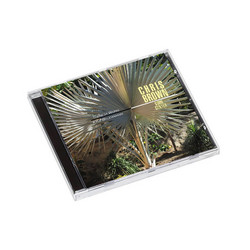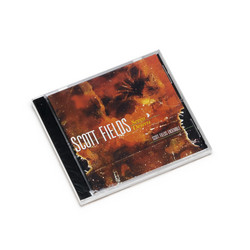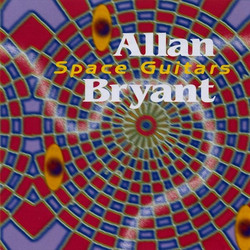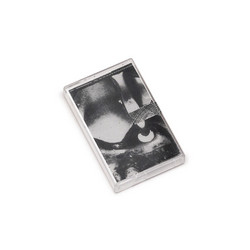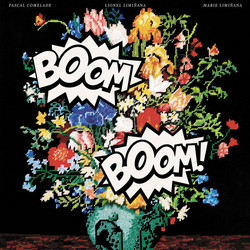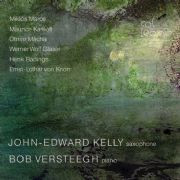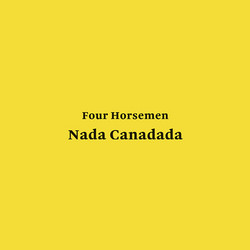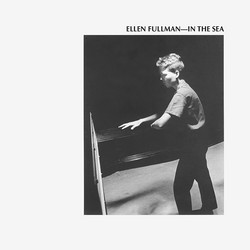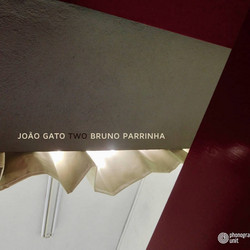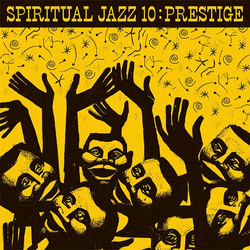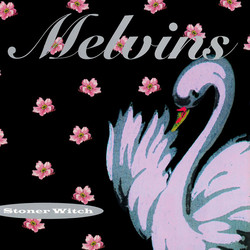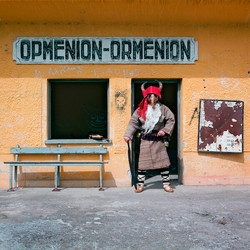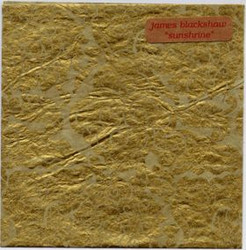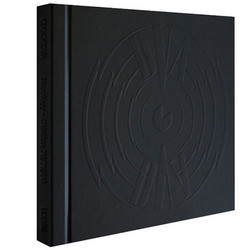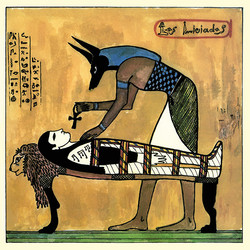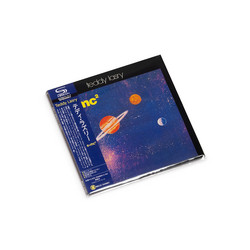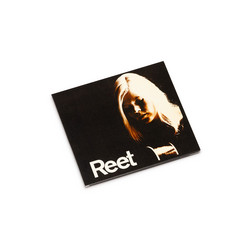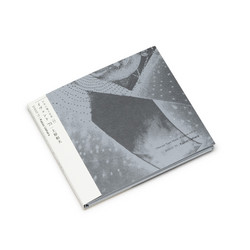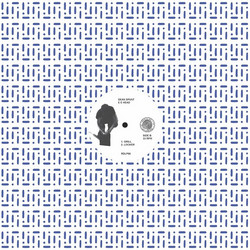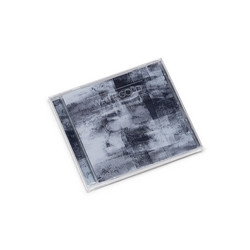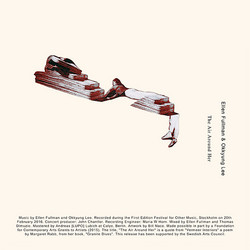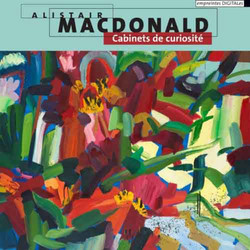In a robustly maximalist age that gladly permits the fusion of unrelated styles and the flaunting of eclecticism, Wes York's (b 1949) music stands out as reductive, elliptical, elusive, implying diversity rather than spelling it out. It is a music that is unusual in its reconciliation of what had previously seemed two incompatible forms of Minimalism: the propulsive, harmony-and-rhythm driven sort pioneered by Philip Glass and Steve Reich, and the more mysterious and intangible ways of Morton Feldman. Although drawn to dramatic contexts and texts from divergent multicultural sources, York searches out, in his music, the elemental connections between word and tone, and tone and structure, that go beyond style.
An example of what York calls his interest in balancing things that go places with things that don't can readily be found in Three Native Songs. York's 1985 setting of song texts from the Teton Sioux, taken from a 1918 Smithsonian publication, makes no reference to Native American music, but rather approaches the poetry's bizarre and psychedelic imagery from his own perspective.
"The Reminiscences are a series of works that reach back to styles of previous musical eras, not to reproduce those styles, but to transform them," York writes. Reminiscence 2 (1986) does not recall a specific composer or style but, being vaguely neoclassical and utilizing a symmetrical octotonic scale, it is a general harkening back to the first half of our century as viewed through York's sensibilities.
Songs From the Levertov Scores (1986) further demonstrates York's intuitive approach to texts. He writes: "Poet Denise Levertov has suggested in The Poet in the World that her poetry, as seen on the page, is a notation of specific sonic effects. For example, line breaks and indentations represent different amounts of pause. And indeed as I began composing I had the sense that the music had already been begun for me. So, as I worked, I attempted to appropriate her existing 'score.' And yet, any musical setting of a poem makes something new, and at times the music that evolved made demands of its own—repetitions and bursts of nonsense syllables, for example."
In Two Songs on a Poem of Su Tung P'o, York says that he was once again drawn to a text ambiguous in its evocations, and it is this ambiguity that York both respects and transcends in "The Southern Room Over the River." This time he does so by setting the poem twice in two different manners: one rhapsodic, one mournful. Drawing an analogy to Monet's series of paintings of the same scene, York says that each song reflects the poem in a different light.


